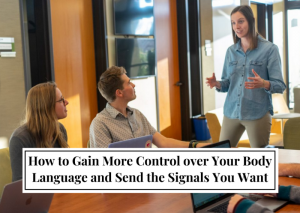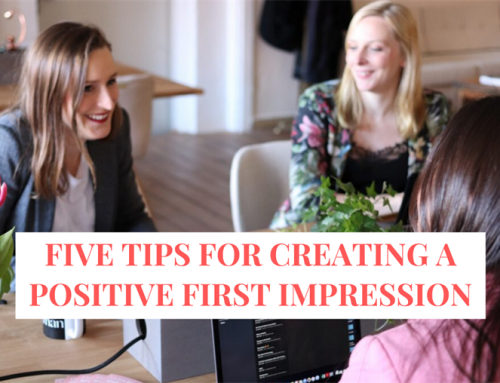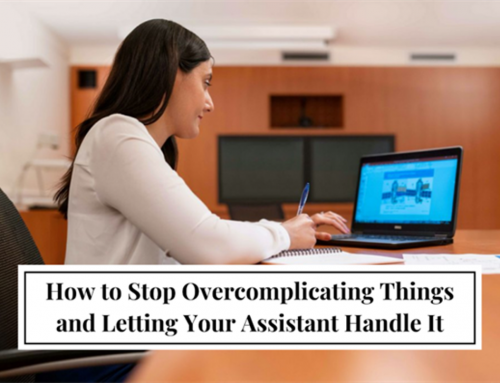A large portion of communication is non-verbal. That’s why some people have so much trouble communicating in print format. You miss out on so many hints as to what the person means when you can’t see body language. Conversely, you can also hide a lot of things from the receiver when body language isn’t an issue, such as fear and nerves.
So, if you plan to attend meetings and events in person, it’s good to learn about body language and how it affects others so that you have more control over it – enabling you to send the signals you want to send. If you can be aware of what your own body is doing and what messages it’s sending others, you can gain control not only over your body, but also the meeting.
Avoid Fidgeting
All of us have a tick or two such as wiggling a foot, or tapping a pen, or brushing our hands through our hair. But, it’s a good idea to try very hard to learn other coping mechanisms when you’re at meetings. These habits can bother other people and send the wrong message. If you need to do anything it’s okay to stretch, put your hands behind your head, or adjust your stance, but avoid repetitive motions.
Wear Clothing That Makes You Feel Confident
It may seem silly, but what you wear sends a huge message to others. It tells people that you feel good about yourself, what you do, and that you are professional. Dress for the part you want, not the part you have. Consider who your audience is and who you need to impress and what sort of clothing would work for them. But, do ensure that you feel good in the clothing. If you don’t, you’ll feel out of place and it will show in your demeanor.
Smile and Look at People
One of the best things you can do to send the right signals to others is to look at them and smile at them. People respond well to an open person who is comfortable enough to look at the people they are talking to, and smile. You don’t want to look creepy – just natural, so practice at every opportunity.
Look As If You’re Listening
Truly, an often overlooked skill is the ability to listen to others. But, you also need to give your audience the feeling that you’re listening. You can do this via body language such as smiling, shaking your head, making the appropriate emotions with your mouth and also repeating back to them what you think they said in your own words.
Keep Your Hands Waist Level
Be aware if you’re doing things with your arms and legs to block your listener’s view. If you’re having meetings over coffee or drinks, for instance, avoid putting the coffee between you and your guest. Avoid continuously lifting the coffee to block the view of your guest when you are talking or they are talking.
Learn about body language and how an open posture sends a message of openness and how a closed posture can send the opposite message. There are times where you may want to use either to put people at ease or to cut them off without saying a word. There is power in understanding body language and how it affects your communication with others.







Leave A Comment